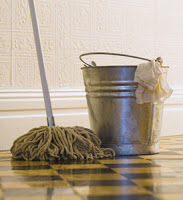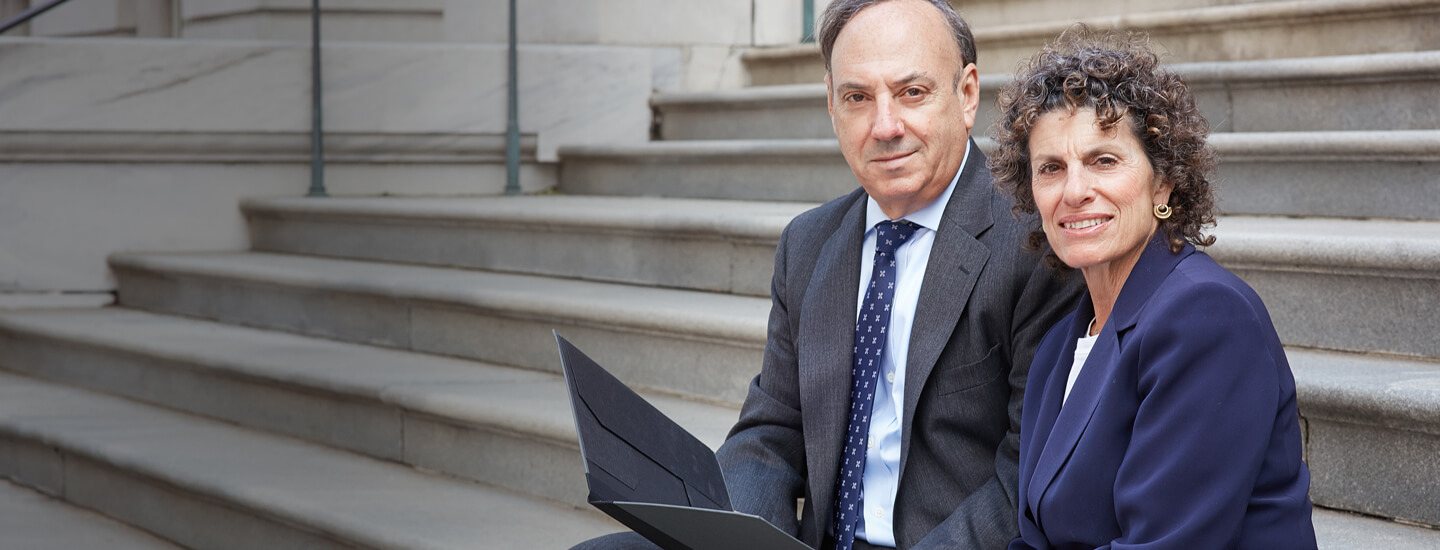Buildings are Required to Take Preventative Measures Against Slips and Falls on Wet Floors

Snow, ice, slush, salt–and the cleaning materials used to mop them up–can all cause floors to be slippery and hazardous. What is a building’s responsibility to keep residents and visitors safe?
Cleaning days often result in slippery floors, but with inclement weather, floors can be wet and hazardous constantly. Building owners carry a responsibility for taking reasonable precautions against slips and falls, including the placement of adequate warning signage and floor mats.
The key here is “adequate.” Most buildings have mats directly inside the front door, but when rain, snow and slush stick to boots, moisture can be tracked a considerable ways inside the building. Matting should cover flooring that has the potential to get slick, and sometimes that means laying mats all the way to the elevator.
Similarly, warning signs should be placed in areas where people can see them before they encounter slippery conditions. All entries to the slippery area should be considered, including hallways and elevators.
Another key element is timing. Signage and mats should be set out before wet conditions occur–whether that’s before mopping, before a storm, or before the work day begins.
When building owners do not take precaution against slipping hazards, they have a liability for injuries that may occur as a result of slippery conditions.
Case Study 1
Langsam Law settled a case for a client who broke her hip after entering a drug store. It was snowing out, and the store had only provided a small, square mat inside the door, which was not adequate to absorb the water accumulation.
Case Study 2
Langsam Law settled a case for a resident who exited the elevator in their building and slipped on a freshly waxed floor. Although there was signage at the building’s entrance, no signage had been put up outside the elevator to warn residents of the slippery condition.
If you slip and fall inside a building that someone else is responsible for maintaining, contact Langsam Law. As a property owner, you can keep residents and visitors safe and avoid a lawsuit by taking proper and adequate precautions against slipping hazards.
Note: Prior results do not guarantee similar results.



